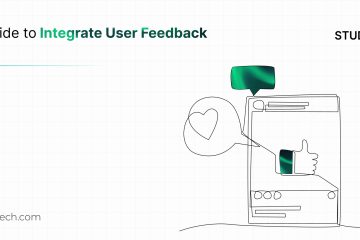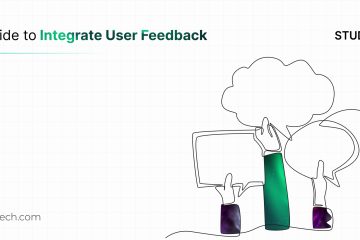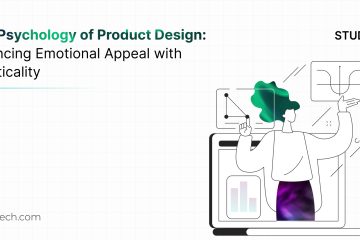One of the reasons we’re seeing exponential growth for design teams is that many companies realize the need for multiple perspectives. Another is that companies are quite unsure about how to change and so they decide to grow in the absence of direction. Service design can bridge the gap between customers and service providers and let teams know exactly what they need.
Here’s an outline of how it works.
What Does Service Design Mean?
Service design is a concept drawing on a lot of fields including cognitive science, design, and customer experience. They’re all funneled into the technology that improves user experience and marketing. Often it requires better project management or implementation so that the work reaches its optimum impact.
By organizing the components of a service more efficiently, the quality of interactions improve. Service providers and customers can eliminate obstacles. This allows everyone to have a more relevant and user-friendly experience with every interaction.
What Are The Core Principles
Service design is based on a group of core principles. They’re mostly common sense to contemporary design and management students, they’re not always grouped together. Service design requires rethinking a service in important ways.
The new design needs to be “user-centric”. In the implementation, it puts people at the center of the service design rather than ideals.
The design has to predominantly involve the people who will be part of the system.
Creating assistive technology in an ethical manner requires taking feedback from people with disabilities and considering them as co-creative partners.
The customers need to be aware of the elements that are part of a service. The loyalty of the customers will depend upon their level of understanding the service. Walking through the customer’s journey is vital. This is done by “sequencing”, or laying out each step in their journey.
Overall, the context matters the most and the design should be holistic.
How Can This Be Done?
The elements of this type of design require everyone to abide by a few simple tools. Within each of these tools is a room for customization.
First, create a series of customer personas which will typify the customers who represent not the ideal, not all customers, but a specific type. This could be done inside a boardroom but the picture will be much more complete if done through interviews with specific customers.
Next, create a customer journey map. This map will help you to see the best and worst parts of each customer’s experience with your products and services. This should be written from the customer’s perspective and be made co-creatively with your customers.
Last, use a service blueprint. This takes the customer journey map to the next level and helps you to see the customer’s viewpoint from a holistic perspective. The work and the processes that go into each decision that a customer makes can help you see why problems exist, not just to describe them.
Implementing These Concepts Will Change Your Company
While it might seem that hiring more people or trimming the fat could help you implement better products and services, that’s not the case. It’s important to get your teams to work together constructively. Service design eliminates obstacles between your customers and staff to ensure that every decision connects the way you want it to.
To see where your company can improve the UX design, check out our blog to implement new ideas.


